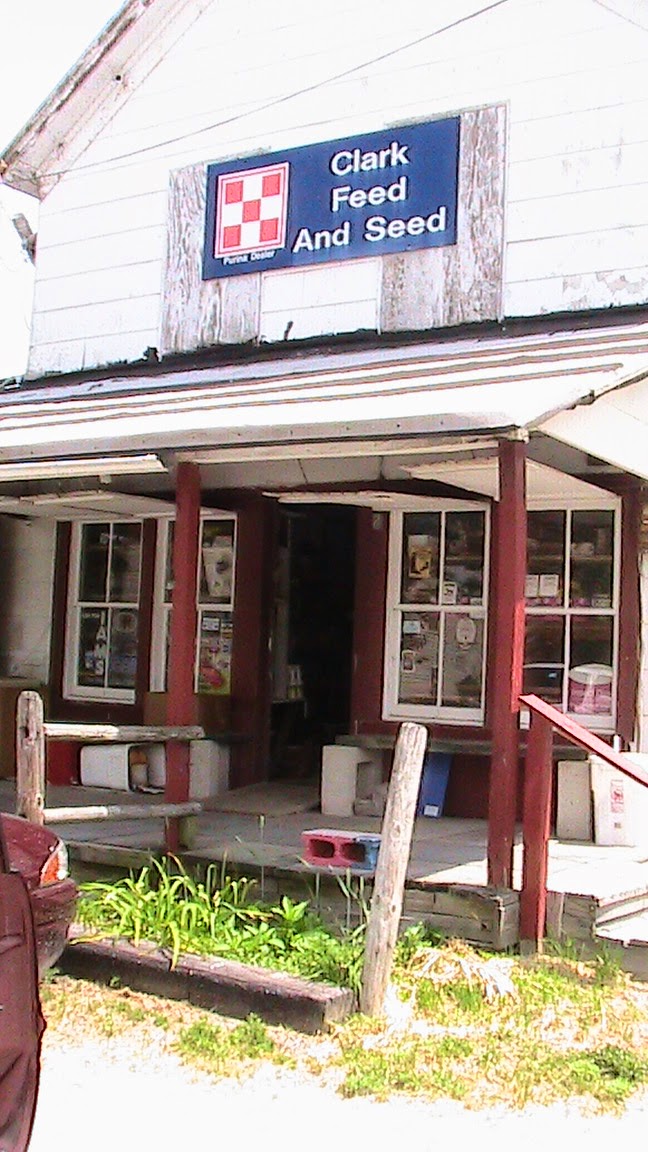I was very much impressed with their on line seed catalog for vegetables, flowers, herbs, field seeds such as buck wheat, clover, cow peas and more, and grasses. Further more, there is a Vegetable Planting Guide that I particularly liked which included locations of retail stores in the named states. It tells the variance in planting time between the states, including mountain time.
I also liked that the same kind of vegetables e.g. Bush Snap Beans, Corn, and Tomatoes had a synopsis, or short introductions, giving the general idea for best planting conditions, watering and mulching, fertilization, and best time to plant. The guide did not include north Florida but I found it most helpful just to know what plants or seeds grow best during what season.
In addition, a description is given for the various vegetables, letting you know if it is a heirloom for example, the cost, maturation time, best time to plant, best soil condition, and so much more..
The University of Florida's Agricultural Department have a long list of the recommended vegetables to grow in Florida and my husband compared that list to what Wyatt-Quarles offered and I saw a lot of check marks in the 32 page Seed Catalog I printed.
The Wyatt-Quarles Seed Catalog is definitely worth checking out and I think that you will find the rest of the information on their on line page interesting, too.
Thank you for visiting my blog.




